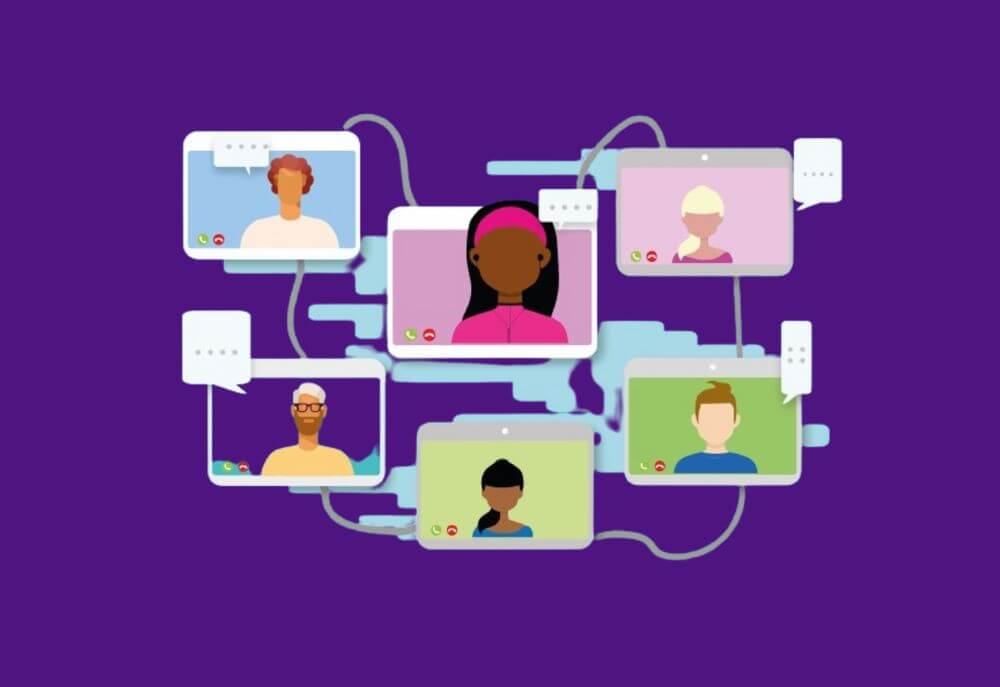Virtual meetings have grown in popularity alongside remote work. However, online meetings are not the perfect option in every situation. In some cases, an in-person meeting will prove more beneficial. Deciding when a face-to-face meeting is preferable to a virtual one can be difficult at times, but you don’t have to make that decision on the spur of the moment. Here, we will explore the key differences between in-person meetings and their virtual counterparts, the benefits they offer, and when it’s best to choose face-to-face interactions.
Benefits & Disadvantages of In-Person Meetings
Pros of In-Person Meetings
- Facial Expressions: In-person meetings offer the invaluable advantage of interpreting facial expressions. You can pick up on the subtle nuances of emotions, ensuring more accurate communication and decision-making.
- Better Participation: People tend to be more engaged during in-person meetings. The physical presence of team members fosters a sense of accountability and encourages active participation.
- Greater Focus: In-person meetings typically suffer from fewer distractions than their online counterparts. Technical issues, like laggy connections and dropped calls, can disrupt virtual meetings, leading to a loss of concentration.
- Safe Space: When privacy and confidentiality are paramount, in-person meetings offer a controlled and secure environment. This is particularly essential in client meetings and sensitive negotiations.
Cons of In-Person Meetings
- Logistics and Costs: These meetings require participants to travel to a common location, incurring travel expenses and time. This can be particularly burdensome for global or remote teams.
- Scheduling Challenges: Coordinating the schedules of all participants to find a suitable time and place can be complex, leading to delays or difficulties in organizing the meeting.
- Environmental Impact: Travel to in-person meetings can have a significant environmental impact, contributing to carbon emissions and resource consumption.
- Limited Accessibility: In-person meetings may exclude individuals with mobility issues, remote team members, or those who can’t attend due to other reasons.
- Time-Consuming: In-person meetings often take more time compared to virtual ones due to travel and preparation, which can be seen as inefficient.
When to Choose In-Person Meetings
The choice between in-person and online meetings depends on the situation. In-person meetings are ideal for:
- Building or nurturing business relationships.
- Discussing sensitive matters.
- Making complex decisions that require immediate input.
- Engaging in team-building activities to strengthen bonds.
FAQs
Is it in person meeting or in-person meeting?
The correct term is “in-person meeting.” It signifies a meeting where individuals physically come together.
When should meetings be in-person?
These meetings are most effective when building or nurturing business relationships, discussing sensitive matters, making complex decisions, and engaging in team-building activities.
What is the difference between online meeting and in-person meeting?
The primary difference lies in the physical presence of participants. In-person meetings allow for direct communication with facial expressions and nonverbal cues, fostering more profound connections. Online meetings rely on virtual tools, which can result in technical issues and fewer opportunities to gauge emotional responses.
How do you get an in-person meeting?
To arrange an in-person meeting, reach out to the relevant parties, propose a date and location, and confirm the details once agreed upon.
What is an in-person meeting called?
In-person meetings can be referred to as “face-to-face meetings.”
How do you say that meeting is in-person?
You can convey that a meeting is in person by explicitly stating, “This meeting will be conducted face-to-face.”
How do you use in-person meetings in a sentence?
For example: “We decided to hold an in-person meeting to discuss the project’s progress.”
What is in-person meeting etiquette?
In-person meeting etiquette includes being punctual, dressing appropriately, engaging in small talk to build rapport, and minimizing the use of mobile devices.
In Conclusion
In-person meetings are more than just gatherings; they are opportunities for human beings to connect on a profound level. The power of seeing one another’s faces, reading nonverbal cues, and sharing a physical space cannot be underestimated. When conducted with etiquette and consideration, in-person meetings can bring people together in a way that online meetings simply cannot replicate. So, the next time you consider how to conduct your business, think about the magic that happens when you meet with others face-to-face.
Ready to revolutionize your meetings?
Say goodbye to boring and inefficient gatherings with Cultup! Transform your meetings into engaging and productive sessions where technology and the human touch combine seamlessly. Discover the future of meeting organization and boost workplace productivity with scientifically proven methods. Try Cultup today and make every meeting count!



